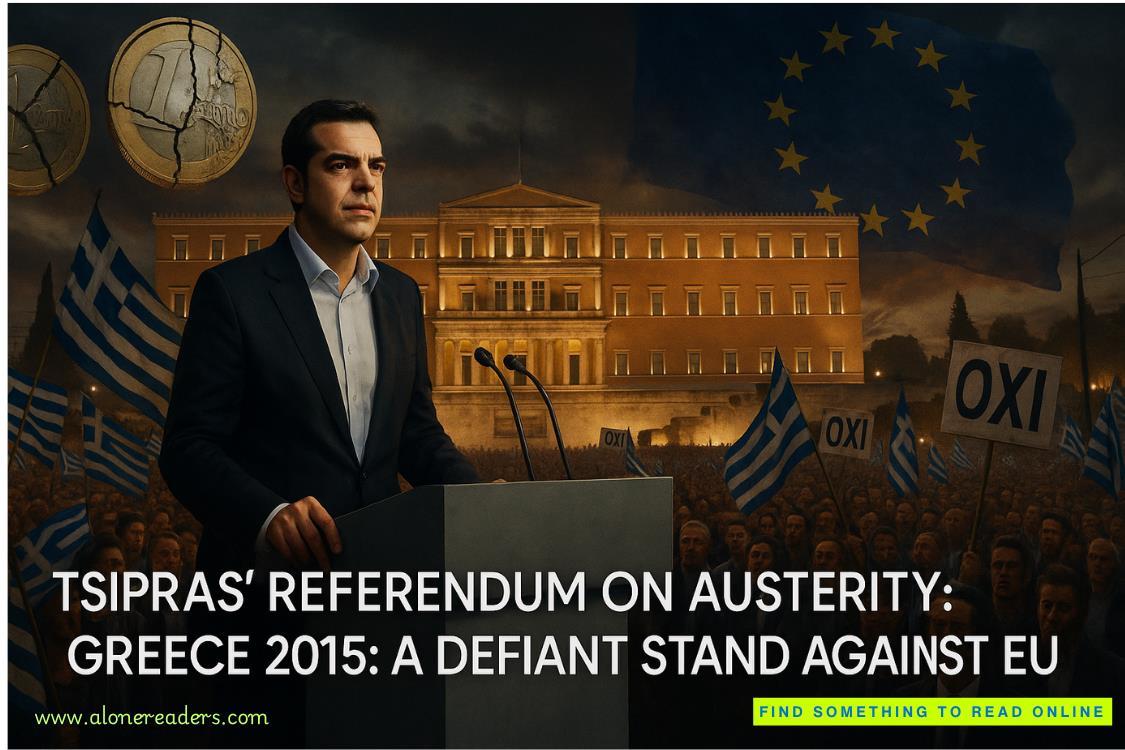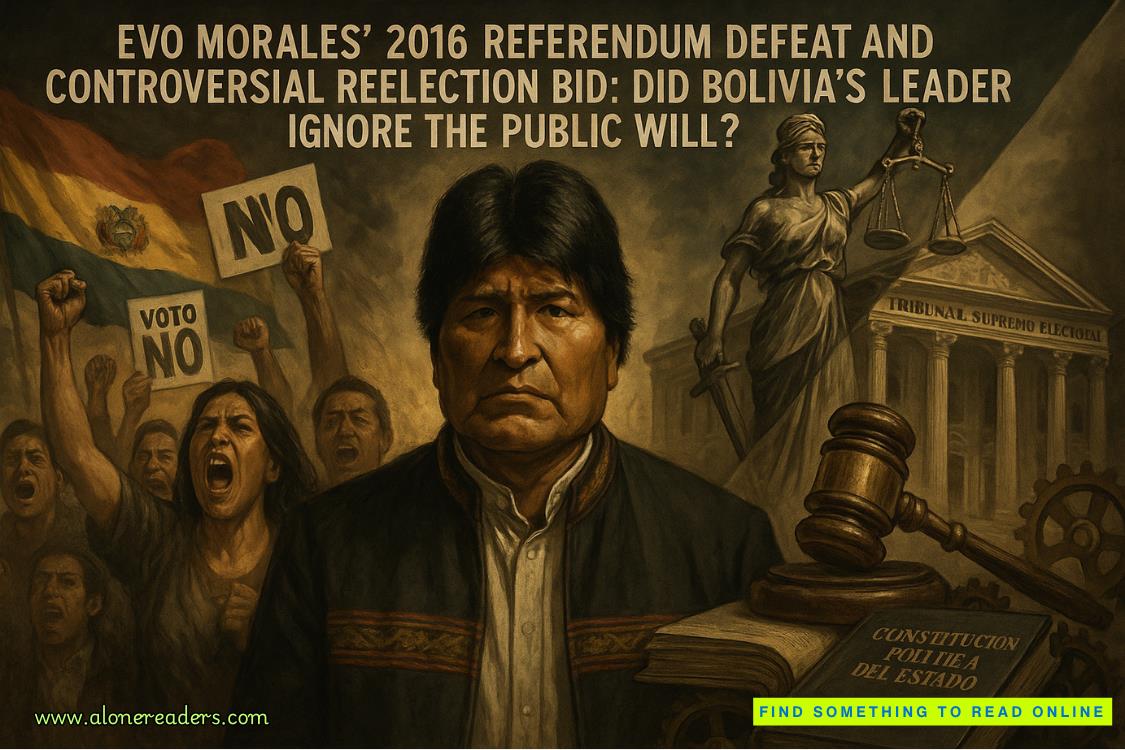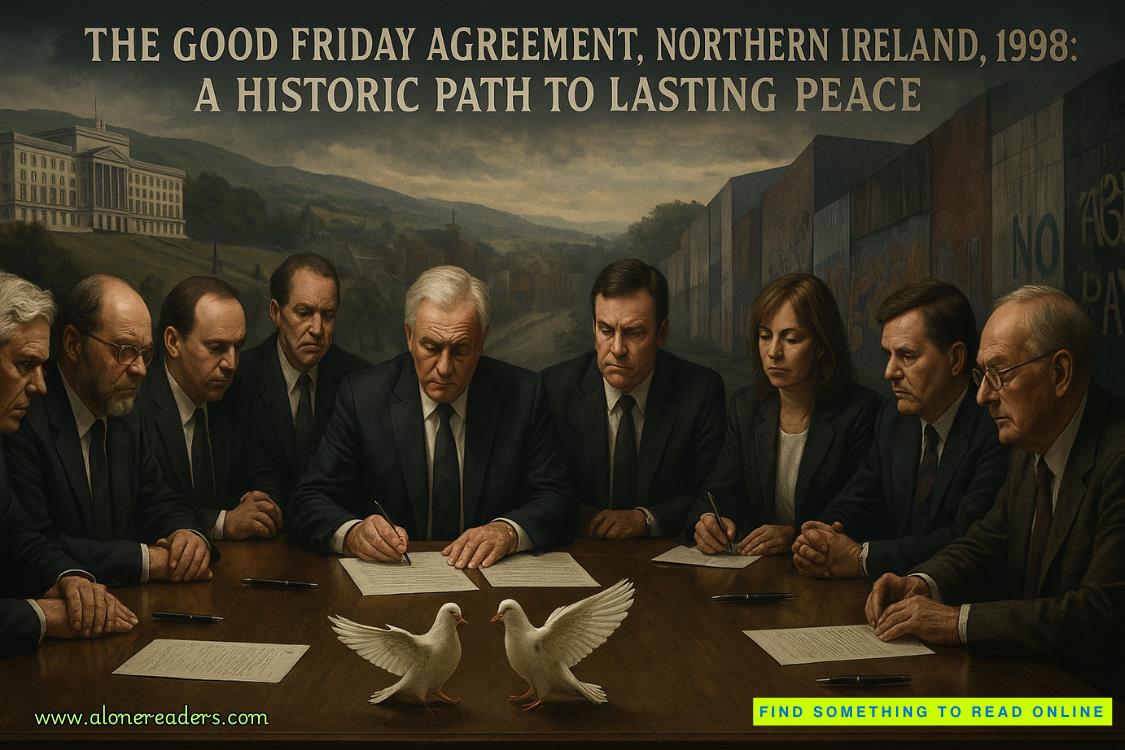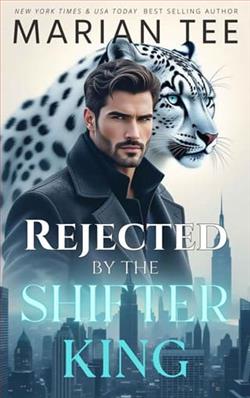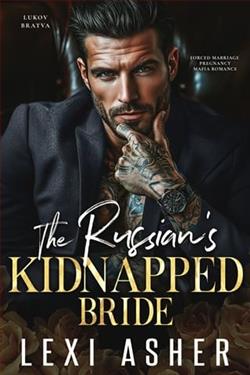Page 52 of Protected By My Best Friend's Brother
“All good things, I hope,” Lucas says smoothly. “Though I’ve found Ms. Hastings’ professional insights far more revolutionary than any office gossip.”
“Indeed,” I add, shifting effortlessly into business mode. “Perhaps we could show you the beta test results from the supply chain implementation? The efficiency metrics exceeded even our optimistic projections.”
What follows is thirty minutes of the most seamless presentation I’ve ever given. Lucas and I trade off explaining key points, anticipating each other’s thoughts, and building on each other’s ideas. When Lucas explains how our custom dashboard integrates with their existing sustainability metrics, I jump in with specific efficiency projections. When I detail the implementation timeline, he smoothly addresses their concerns about resource allocation.
We navigate complex technical concepts with a synchronicity that feels almost telepathic. At one point, I open my clutch for a specific metric, and Lucas has already pulled out his phone with the exact data point displayed.
Mrs. Johnson seems particularly impressed by how our hybrid approach preserves their institutional knowledge while modernizing their systems. Her questions grow increasingly specific and technical—questions only someone who truly understands sustainability analytics would ask.
“Your color-coding system for risk factors,” she says, studying the sample dashboard on Lucas’s phone. “It reminds me of the manual tracking system Jeremy’s father implemented in the 80s. But you’ve automated the pattern recognition.”
“That was Emma’s innovation,” Lucas says, pride evident in his voice. “She saw how your historical data contained embedded wisdom that most automated systems would overlook.”
“Human intuition meets artificial intelligence,” I explain, warming to my favorite topic. “Preservation of institutional knowledge while enhancing processing power.”
Mr. Johnson watches us carefully throughout, his eyes moving between us as if evaluating something beyond our technical explanation.
“Well,” he says finally, “I think we’ve seen everything we need to. Brighton’s offer is intriguing. Their immediate integration promise is tempting. But what you two have built here...” He shares a look with his wife. “The way you’ve understood our company’s needs, not just our technical requirements. Let’s talk numbers on Monday.”
I wait until they’re out of earshot before letting out a breath. “Did that just...”
“Go perfectly?” Lucas grins, looking as relieved as I feel. “I told you we make a good team. In every way that matters.”
Around us, the gala continues in full swing. The orchestra has set up on a small stage at one end of the ballroom, and couples have begun gathering on the dance floor. Crystal chandeliers cast warm light over the scene, making everything shimmer.
The orchestra starts up a waltz, and Lucas’s expression softens. “Dance with me?”
“In front of everyone? After Clara’s photo campaign?”
“Especially in front of everyone.” His eyes hold mine, fierce and certain. “Let them see exactly what they’re afraid of—two people who trust each other completely, personally and professionally.”
He leads me onto the dance floor with the same confidence he brings to boardroom presentations. Around us, couples move in practiced patterns, but Lucas’s focus is entirely on me.
We move together perfectly, just as we did in practice. His hand rests steadily at my waist as I follow his lead without hesitation. For someone who regularly trips over flat surfaces, dancing with Lucas feels surprisingly natural. Our bodies find the rhythm instinctively, even as our minds race ahead to business strategies and competitive analysis.
“The Johnsons are impressed,” Lucas murmurs, guiding me through a turn. “Did you see Mrs. Johnson’s face when you explained institutional knowledge preservation? You’ve practically sealed the deal.”
“We’ve sealed the deal,” I correct. “Your explanation of the integration timeline was what convinced Mr. Johnson. He values honesty above everything.”
Lucas smiles, a flush of pleasure warming his features. But halfway through the dance, his expression changes, eyes focusing on something behind me. I follow his gaze to see Clara approaching Lucas’s mother, speaking intently. Elizabeth’s expression shifts from polite to concerned, her posture stiffening.
“What—“ I begin, but a smooth voice interrupts.
“Ms. Hastings?” Theodore Brighton’s cultured tones cut through our moment. “Might I cut in? I have a proposition about your innovative work in sustainable analytics.”
Lucas’s hand tightens on mine before he steps back, ever the professional CEO. But something in his expression darkens as he watches Clara with his mother. A tension I recognize from board meetings when he’s strategizing against hostile moves.
“I’ll be right back,” he murmurs, pressing my hand briefly before heading toward his mother.
Brighton leads me into a new dance, all corporate smoothness. He moves with practiced precision, but his touch lacks warmth, clinical compared to Lucas’s. His cologne is expensive but overpowering, much like his personality.
“I must say, you’ve made quite an impression on the Johnsons,” he begins conversationally. “Your sustainability algorithms are quite... unique.”
“Thank you,” I reply cautiously. “We’ve worked hard to develop something that honors their corporate history while modernizing their systems.”
“We.” He smiles thinly. “Such a charming partnership you’ve developed. Both professionally and otherwise.”
I maintain my professional smile, though my spine straightens. “Walker Enterprises values collaboration.”





